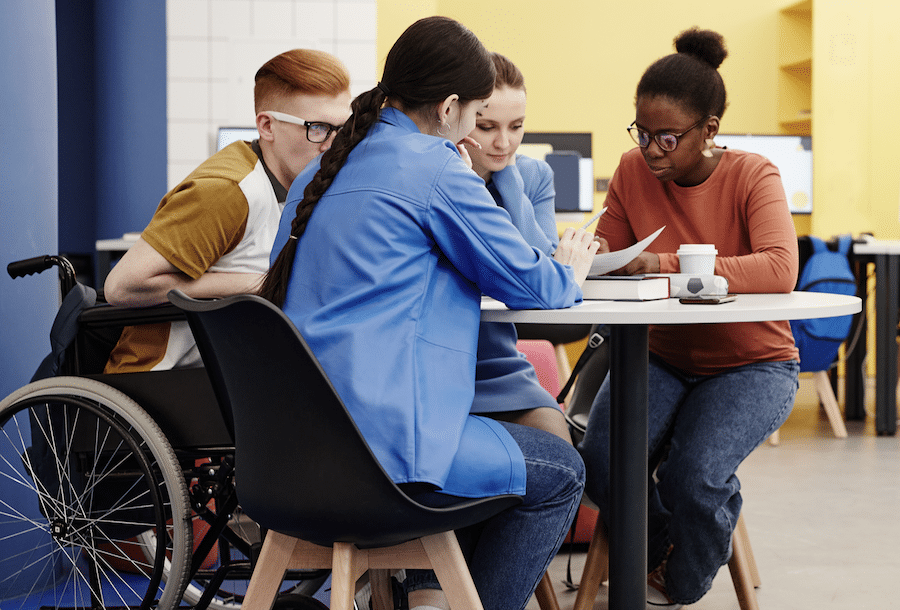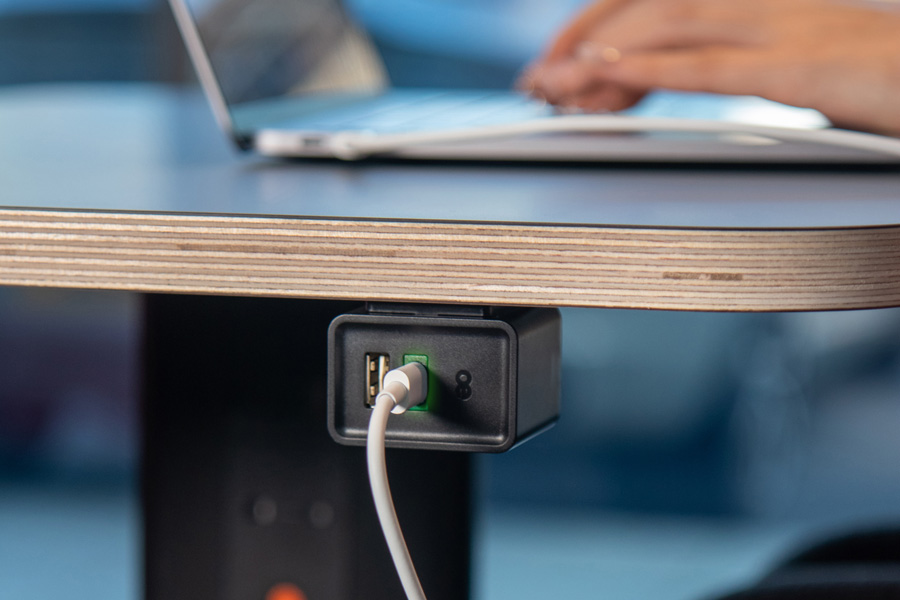A lot has changed in the way we look at classroom design; those stale and rigid learning environments from our past are beginning to evolve and change into something that will make our children’s learning experience so much better.Like most learning institutions COVID disrupted the conventional way of learning. Although flipped, blended and distance learning techniques were already being used by relatively small numbers, COVID forced the whole world to come up with imaginative ways to carry on teaching which, for the most part, became online learning. This meant students and teachers alike missed out on the buzzing cultural hub education spaces provide.
Now things are getting back to normal, institutions and education space designers are looking at their environments slightly differently and bring with them a more human touch.

/ / Rethinking the learning experience and looking at what’s effective will point us in the right direction when it comes to design




Are you looking to better understand how education spaces are changing – Click the button below to download this content in a PDF format.
// EDUCATION CASE STUDIES
Are you looking for better insights into how education spaces are changing? — Click the button below to view our involvement in other education projects.
agile working | what should be considered in an agile working policy? read more

OE House,
Calder Park,
Thomas Maddison Ln,
Durkar,
Wakefield
WF4 3GH
OE Showroom
1a Briset Street
London
EC1M 5NR
UK
| Cookie | Duration | Description |
|---|---|---|
| cookielawinfo-checkbox-analytics | 11 months | This cookie is set by GDPR Cookie Consent plugin. The cookie is used to store the user consent for the cookies in the category "Analytics". |
| cookielawinfo-checkbox-functional | 11 months | The cookie is set by GDPR cookie consent to record the user consent for the cookies in the category "Functional". |
| cookielawinfo-checkbox-necessary | 11 months | This cookie is set by GDPR Cookie Consent plugin. The cookies is used to store the user consent for the cookies in the category "Necessary". |
| cookielawinfo-checkbox-others | 11 months | This cookie is set by GDPR Cookie Consent plugin. The cookie is used to store the user consent for the cookies in the category "Other. |
| cookielawinfo-checkbox-performance | 11 months | This cookie is set by GDPR Cookie Consent plugin. The cookie is used to store the user consent for the cookies in the category "Performance". |
| viewed_cookie_policy | 11 months | The cookie is set by the GDPR Cookie Consent plugin and is used to store whether or not user has consented to the use of cookies. It does not store any personal data. |